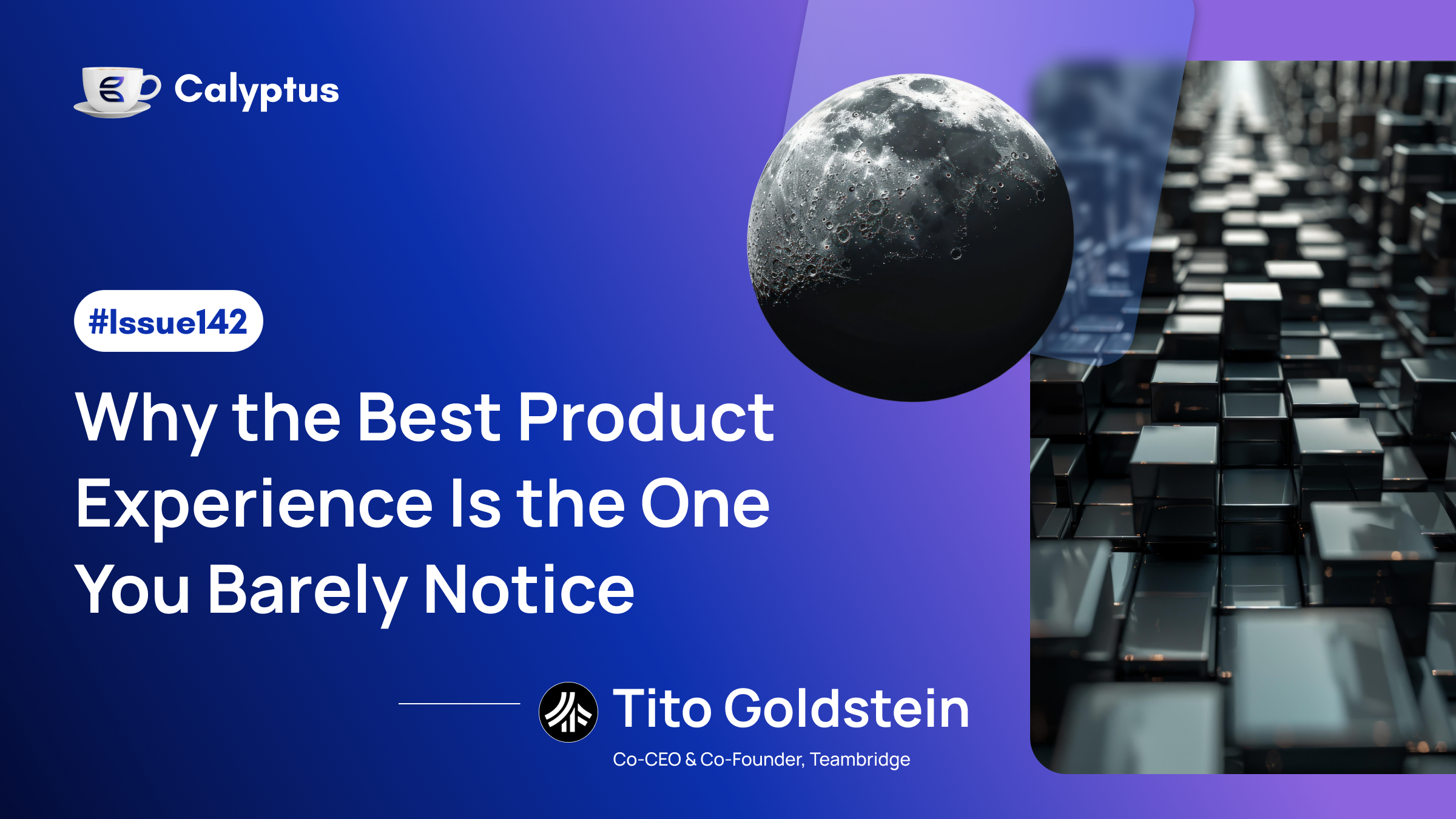Hiring mistakes aren’t always dramatic, they don’t explode in week one or derail a quarterly goal. Instead, they creep in quietly, slowing momentum until the damage is irreparable.
As Jim Collins observed in Good to Great, once your organizational standard slips, “A” players hiring “B” players, decline becomes inevitable setting off a slide where even lower-tier hires multiply. This happens fast, and often without anyone noticing.
The real cost of a “safe” hire
By the time a bad hire becomes visible, you've often dragged them along for months, maybe years without realizing. The U.S. Department of Labor warns that a mis-hire can cost a company at least 30% of the employee’s first‑year earnings, and sometimes much more for specialized roles . That includes direct expenses like salary, training, and onboarding, plus indirect hits like lost productivity.
Indeed, SHRM reports that 95% of respondents acknowledge poor hiring decisions depress team morale and manager bandwidth suffers too. Plus, a Harvard Business Review study attributes roughly 80% of employee turnover to bad hiring, reinforcing how a misaligned hire can ripple through your organization.
Where the hiring funnel fails
Hiring is derailed by design. If your interview process prizes confidence over clarity, CV branding over capability, or “culture fit” over tested alignment, you're stacking the deck against yourself.
It’s exactly when that polished candidate starts, integrates quietly, but never elevates you and never strains any notice that the real failure takes hold. They’ll complete tasks, show up reliably, and “fit in” but they won’t lift the team.
The hidden tax of mediocrity
Companies fear destructive hires, but mediocre ones are quietly costlier. They block top-tier talent by occupying slots and draining leadership time. They sap culture by normalizing lower effort. And by lowering the bar, they masculinize ambition itself.
The result? When a truly great candidate shows up later, the gap is glaring and the opportunity has already slipped through your fingers.
How to diagnose the hidden leak
Fixing this starts with your hiring mechanism, not with better job fairs or referral bonuses.
Replace gut calls with structured, skills-based interviews. Ask candidates to solve real, job-relevant problems. Don’t just ask, “Have you used AI tools?” Ask them to demonstrate how they would solve with AI.
Measure cognitive agility over resumes. Track long-term outcomes, not just quick fills. The best candidates might not dazzle early they might just do the work and quietly outshine the rest over time.
What the experts say
Wayne Cascio, HR scholar, emphasizes, “The costs of poor hiring decisions reverberate across the organization and affect every aspect of its operation” . Similarly, SHRM warns that “the wrong hire takes an emotional toll on managers and colleagues,” not just a financial one.
Jim Collins’ “Law of the Bad Hire,” quoted in Wired, adds more weight: “A people hire B people, and B people hire C people… the quality degrades.” That downward spiral is a silent killer.
Final thought: Hiring should be raising the bar
Recruitment isn’t transactional, it’s transformational. You’re investing in future performance, culture, and capability. If your hires aren’t lifting the bar, they're lowering it and that cost is brutal, slow, and nearly impossible to reclaim once it’s expended.
To preserve momentum, stop hiring mediocrity. Build a system that filters for performance, not just presence. Because at the end of the day, playing it safe with average candidates is far riskier and costlier than betting on the right ones.
Sources:
- https://hbkcpa.com/insights/the-hidden-costs-of-bad-hiring-how-to-calculate-your-true-cost-per-hire/?utm_source=chatgpt.com
- https://www.shrm.org/topics-tools/news/employee-relations/cost-bad-hire-can-astronomical?utm_source=chatgpt.com




